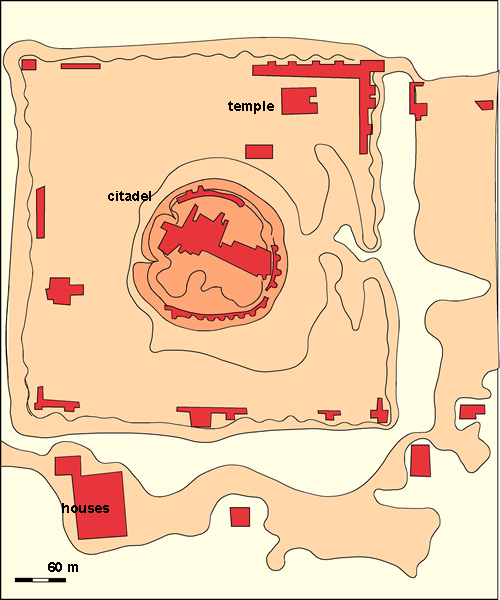Time Periods
Paleolithic
Mesolithic
Neolithic
Chalcolithic
Bronze Age
Iron Age
Classical Period
Post-Classical Period
Early Modern Period
Industrial Period
Contemporary Period
Time Periods
Paleolithic
Mesolithic
Neolithic
Chalcolithic
Bronze Age
Iron Age
Classical Period
Post-Classical Period
Early Modern Period
Industrial Period
Contemporary Period
Location
About
Dasht-e Nāwar, located in Ghazni province, Afghanistan, is a significant archaeological site known for its Palaeolithic heritage. Situated near a brackish lake, the area is notable for its stone tool assemblages predominantly made of obsidian, accounting for 98% of the tools found. These include cleavers, large scrapers, choppers, and microblades, with some attributed to the Lower Paleolithic and others resembling the Darra-i Kūr industry from the Middle Paleolithic. Additionally, the site features a large stone hill fortification, though its exact date remains uncertain. The presence of these artifacts highlights the technological advancements and adaptive strategies of early human societies in this region, making Dasht-e Nāwar an essential site for understanding prehistoric human activity in Afghanistan.
Archaeological Features
Explore the unique architectural and cultural elements found at this historical site
Defensive Structures
Industrial and Craft Structures
Historical Timeline
Journey through time and discover key events in this site's archaeological history
Plan Your Visit
Details
- Country
- Afghanistan
- Source
- Wikipedia
More Sites in Afghanistan

Darra-e Kur
Well-stratified rock shelter with artifacts

Tepe Narenj
5th-6th century Buddhist monastery ruins

Tapa Shotor
Large Sarvastivadin monastery with Hellenistic influences

Tepe Sardar
Ancient Buddhist monastery with Hellenistic influence

Fondukistan monastery
Buddhist monastery with intricate sculptures

Dilberjin Tepe
Ancient town with Kushan-era citadel and murals.